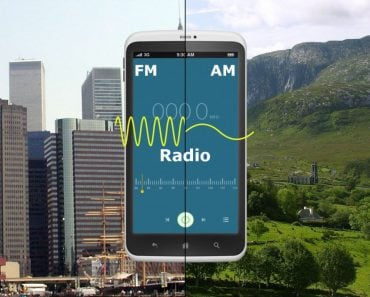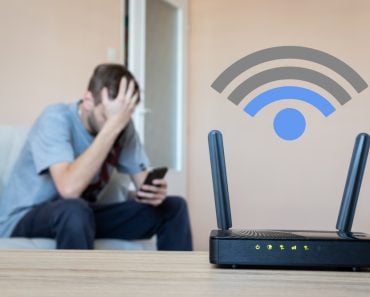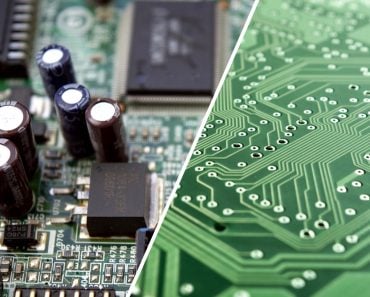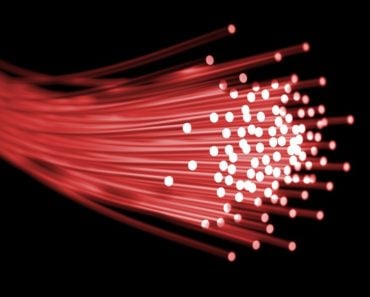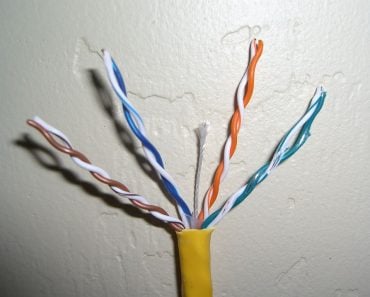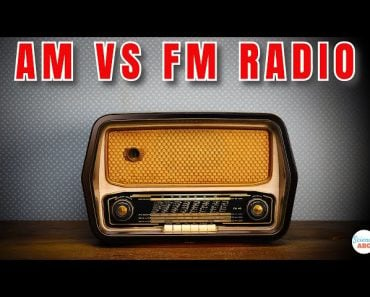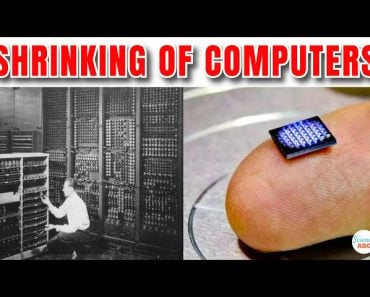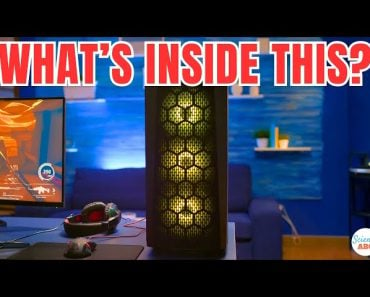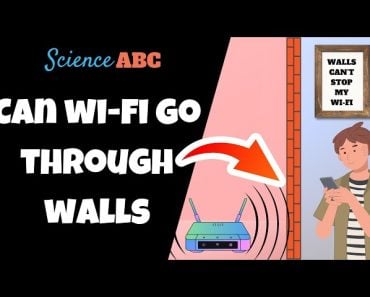Table of Contents (click to expand)
A modem is a device that modulates an analog signal to digital data in order to connect to the internet. A router is a device that allows multiple devices to connect to the internet through the same physical connection.
Modem is short for Modulator Demodulator. It’s an electronic device used to access the Internet that modulates carrier waves to encode information to be transmitted and also demodulates incoming carrier waves to decode the information they carry.
Recommended Video for you:
What Is A Modem?
A modem is a very important piece of network hardware that allows a computer to send and receive data through a telephone line or cable connection. In simple words, it’s the device that connects a computer to the Internet.
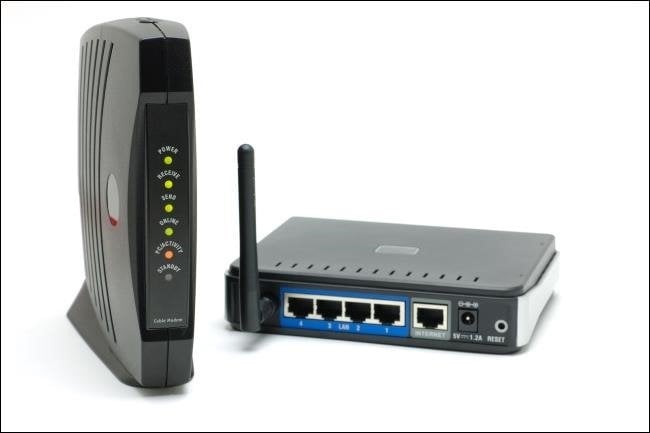
The word modem is actually made by combining parts of two different words – Modulator and demodulator. As this suggests, a modem is a device that both modulates and demodulates signals that encode and retrieve information, respectively. For starters, modulation is a process of adding meaningful information to a carrier wave so that it can be transmitted over long distances.
You see, when an electrical signal containing some meaningful information needs to be transmitted over a long distance, it is added to a carrier wave. This process of ‘mounting’ the original signal on a carrier wave is called modulation.
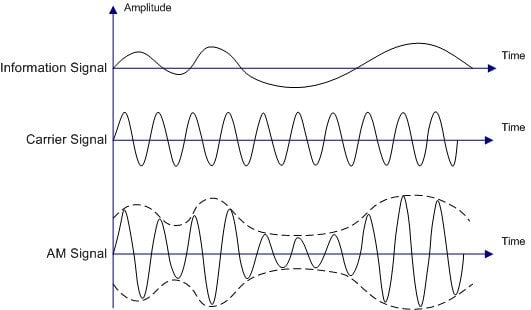
Importance Of A Modem
Back in the old days, when landline phones were the primary tool to communicate over long distances, modems came in pretty handy to gain Internet connectivity using telephone lines. In fact, without modems, it would have been impossible for most users to connect to the Internet.
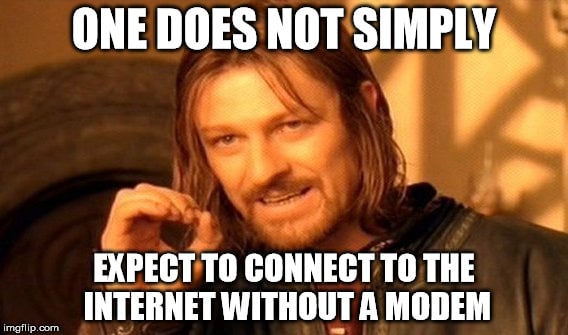
While computer technology is purely digital, i.e., it relies on numbers to transmit and receive information, telephone technology, even to this day, is partly analog, meaning that it uses continuously varying electrical signals to transmit information.
Now, we have telephone lines that are partly analog and a lot of computer tech (e.g., laptops, desktops etc.) that is purely digital. How do you make them talk to each other and exchange information?
Simple! Use a modem.
How Does A Modem Work?
A modem has two plugs in it, one that connects it to the telephone line (or the cable provided by your Internet service provider) and the other connecting it to your computer (or a WiFi router).
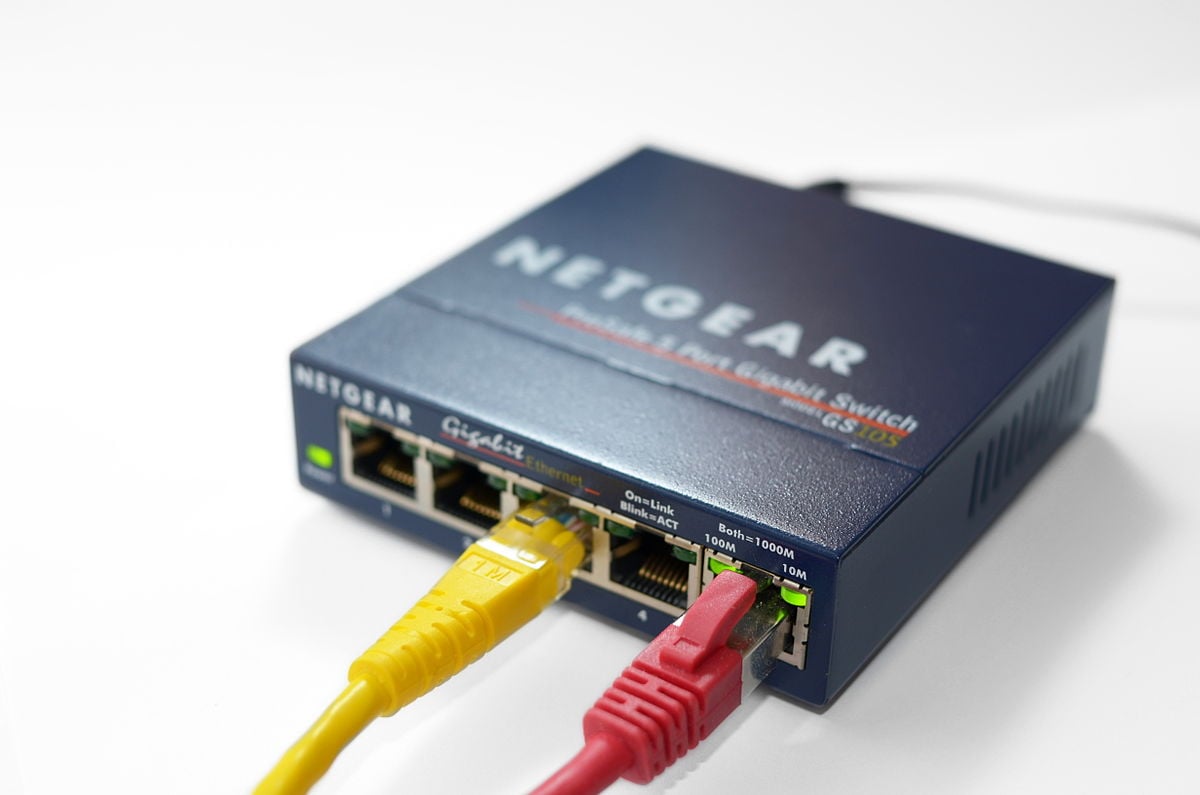
Basically, what the modem does is take the digital signal from the computer and add it on top of an analog telephone signal (i.e., modulates it) so that it can be transferred through the telephone line.
Since your modem sends information through a telephone line by modulating digital signals, it also needs to have another kind of translator that helps it demodulate the analog signals it receives via the telephone line.

That’s why a modem is named as such, because it both modulates and demodulates signals.
It is important to note that you don’t necessarily require a standalone modem to link to the Internet; you can also do that by directly plugging in the Ethernet cable in your computer. Most modern computers have a small inbuilt modem that draws power from the motherboard.
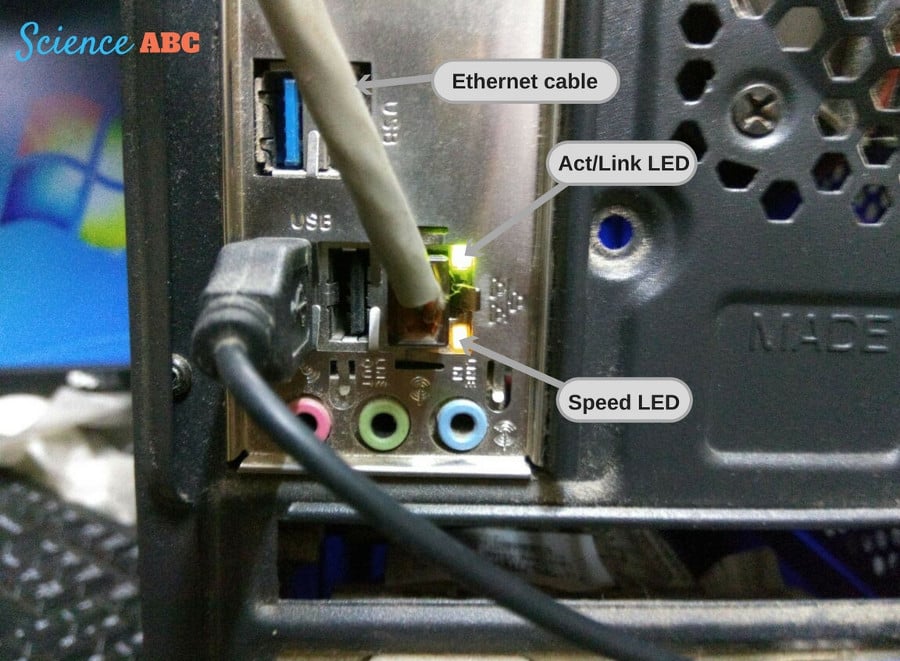
This depends on your ISP and how it provides broadband connectivity to its users. Your ISP may provide you an ethernet cable that plugs directly into your computer and helps it communicate with the network digitally, without needing a modem to switch back and forth between analog and digital signals.
Modem Vs Router
It should be noted that if you intend to connect to the Internet wirelessly, or want to get multiple devices connected to the same network, a simple modem won’t be enough. In that case, you will need a different device called a router.
You might have heard the term ‘router’ thrown around a lot in broadband conversations. A router, also referred to as a ‘WiFi router’, is basically a device that lets you connect multiple devices to the Internet through the same physical Internet connection.
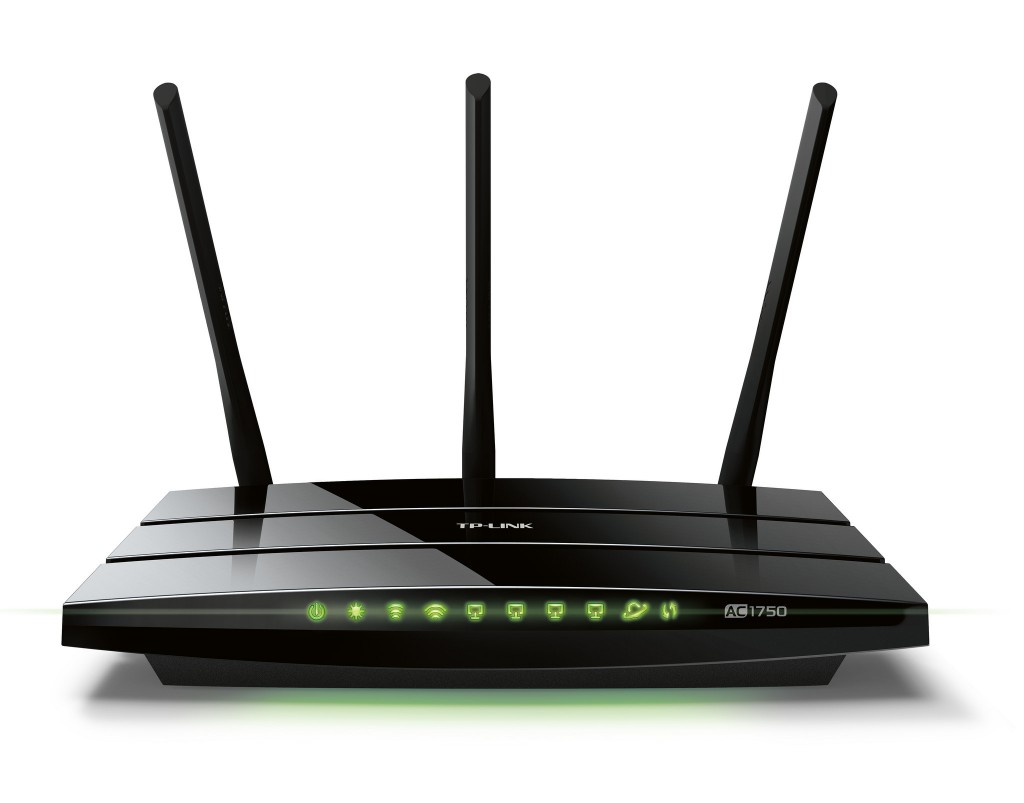
A router also lets the connected devices talk to each other over a local network. Furthermore, it offers some protection to the individual devices connected it to by keeping them from being directly exposed to the Internet.
If you want to use the Internet on only one device, then a regular modem should suffice. However, if you want to connect your laptop to the Internet to work and also want to use a messaging app on your phone or tablet, you will need a modem plus a router, wherein the modem will bring Internet to your house and the router will let multiple devices connect to it.
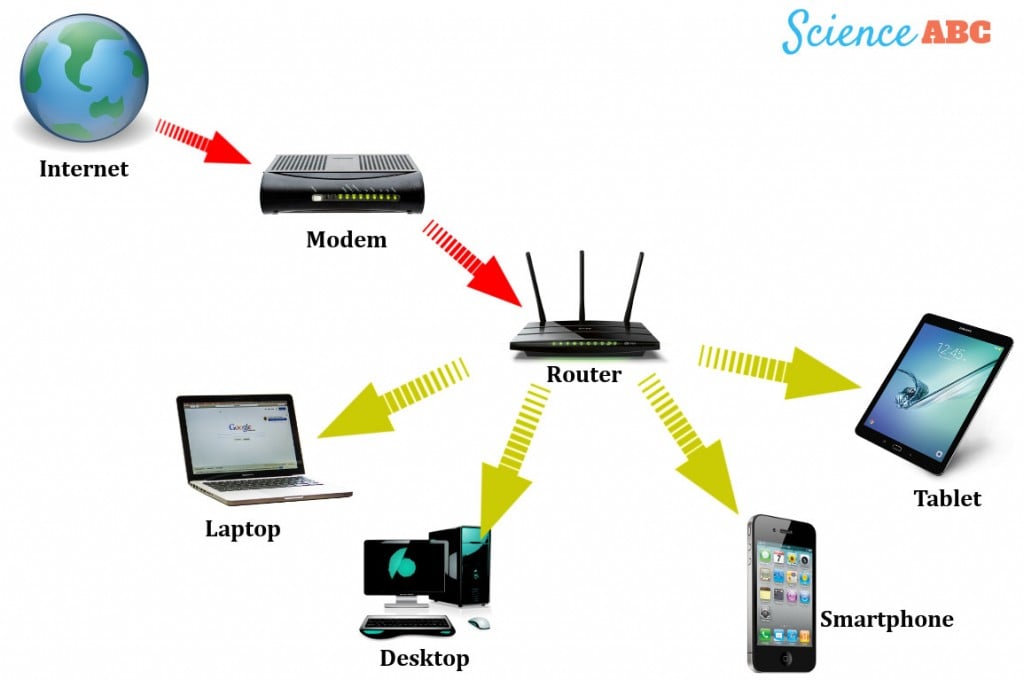
Fortunately, modern routers combine the features of both a regular modem and a router, which means that you don’t need to have two separate devices. In fact, due to the increasing popularity of such routers, some ISPs often provide free routers to their customers when they subscribe to their broadband plans.



